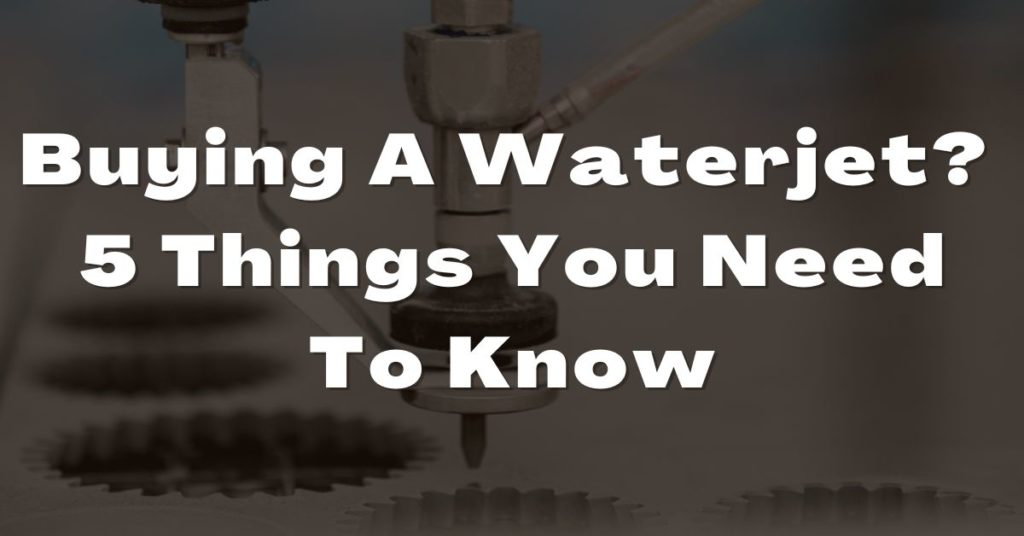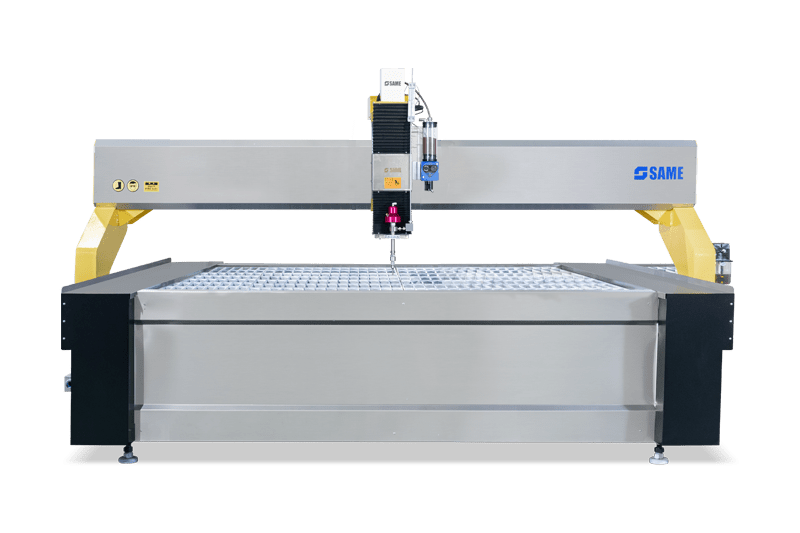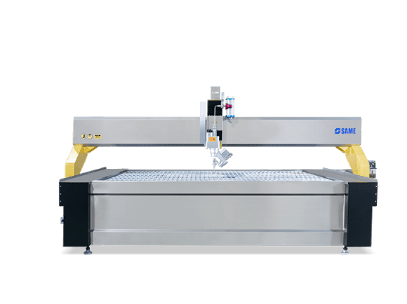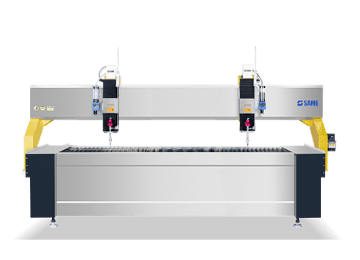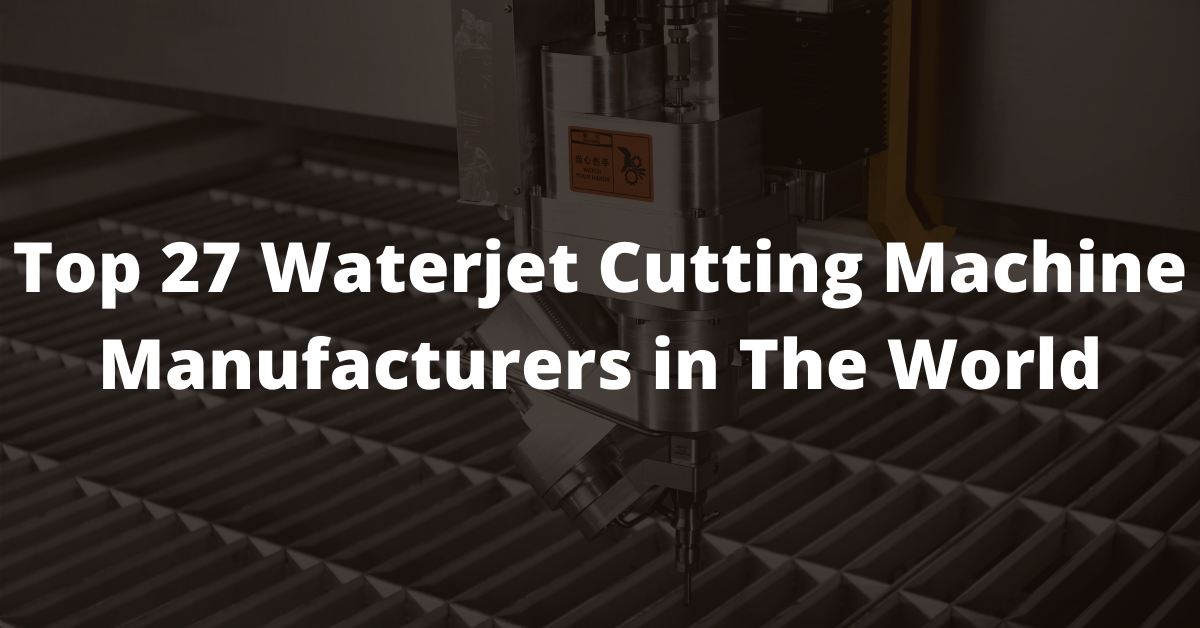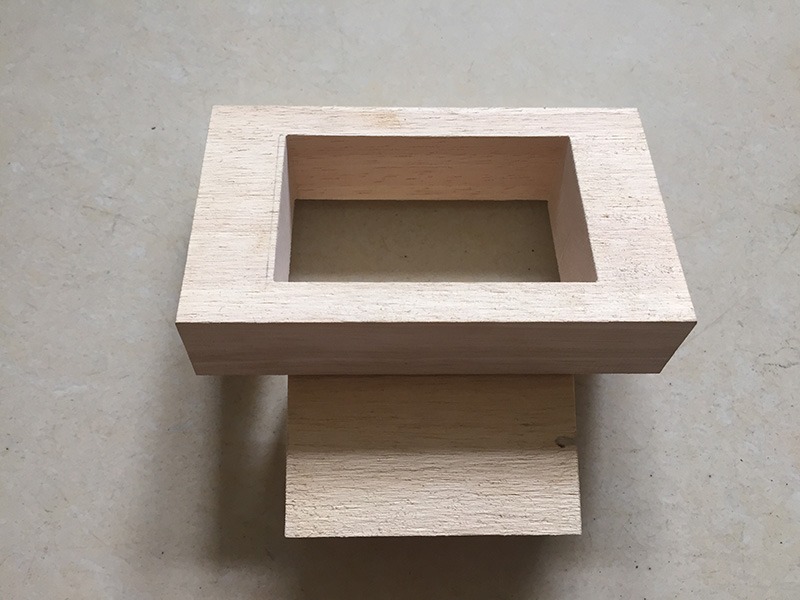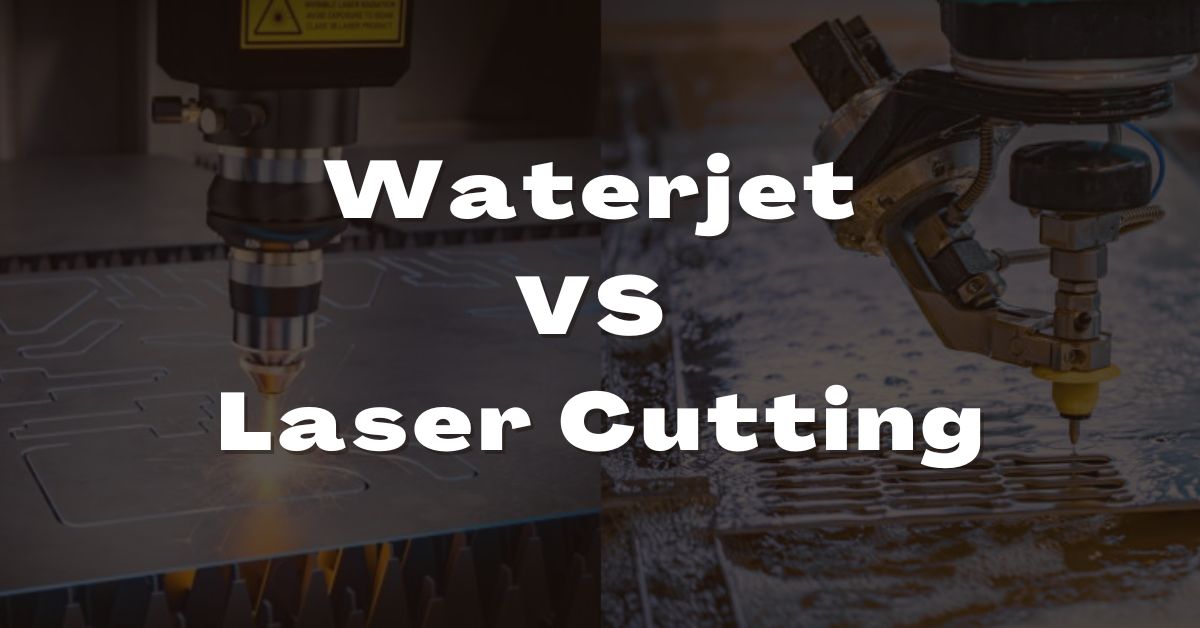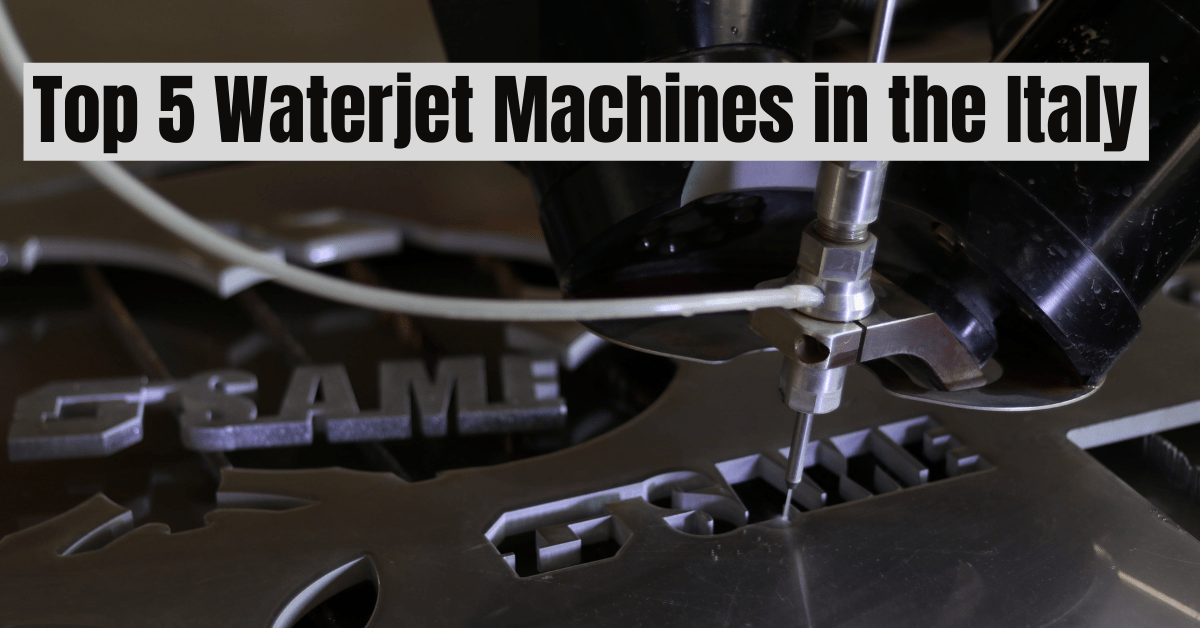It’s no secret that waterjet cutting machines are becoming increasingly popular in a wide variety of industries. They’re fast, precise, and versatile – not to mention environmentally friendly.
If you’re also planning to invest in a waterjet cutter, you have plenty of questions on your mind. What size should you get? What kind of options and accessories are available? How much will it cost? What material can it cut? And so on.
Luckily, we’ve got the answers to all of these questions (and more) in this comprehensive guide to buying a waterjet cutting machine. Keep reading to make sure you know everything you need to before taking the plunge.
What is a Waterjet Cutting Machine?
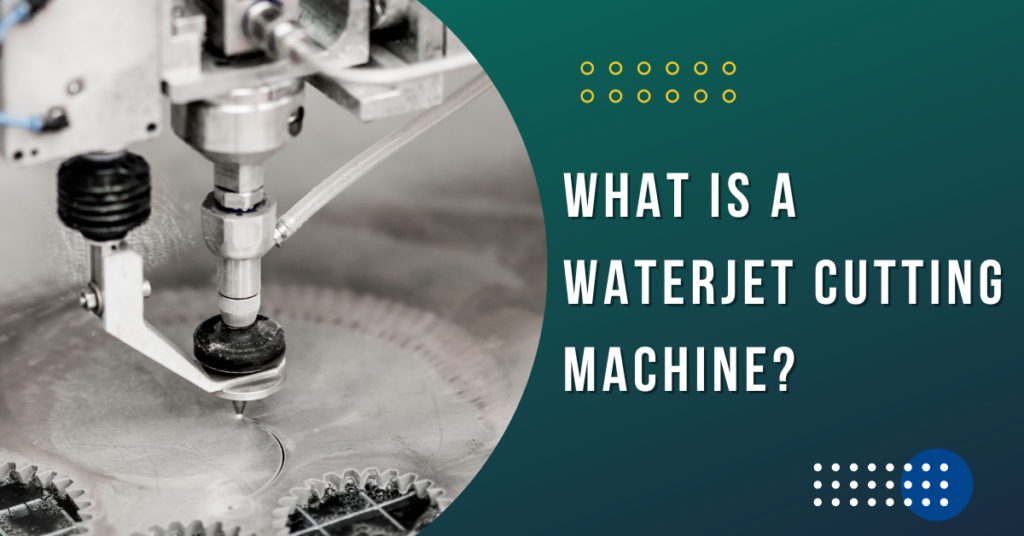
A waterjet cutting machine uses a high-pressure jet of water (or a mixture of water and abrasive particles) to cut through materials. In other words, it’s an accelerated erosion process that can be used for shaping any kind of material.
Water is propelled through a small nozzle and forms a coherent jet that exits the nozzle at extremely high pressure – typically 30,000 to 90,000 PSI. This pressure is generated by a high-pressure pump which then fires the water at the object being cut.
This has allowed businesses in a wide range of industries to invest in waterjet machines for their own unique applications. From food processing and automotive manufacturing to aerospace engineering and stone fabricating, there’s really no limit to what you can do with a waterjet cutter.
5 Things To Know Before Buying A Waterjet Machine
Being such a versatile and popular tool, it’s no surprise that there are now plenty of different waterjet cutting machines on the market. But with so many options to choose from, how can you be sure you’re investing in the right one?
Here are five things you need to keep in mind when shopping for a waterjet cutter:
1. What Material Will You Be Cutting?
Although waterjet cutting machines can cut just about anything, some materials are better suited for use with a particular machine.
For example, if you’re planning on cutting steel, you’ll need a more powerful and accurate waterjet than if you were cutting glass.
You can cut soft materials such as rubber and foam with a pure water stream, but for harder materials, an abrasive is added to the water stream.
2. How Many Parts Do You Need to Cut?
A waterjet is a great option for high-volume production as well as short-run and prototype parts. This is because the cutting path can automatically be programmed directly from a CAD drawing thanks to advanced control software.
This software also reduces setup time between cuts. For short-run and one-off production parts, this software is ideal. For mass production of parts, nesting software can be used to minimize waste.
3. Do You Need Any Special Features/Functions?
Some manufacturers offer waterjet machines with special features that may be helpful for certain applications. For example, some machines have taper compensation mechanisms in place to ensure that each part is cut with precision regardless of its shape.
If you need to handle extra-tough materials, you can choose to use ultra-high pressure pumps. Some machines even come with a closed-loop water recycling system for a more sustainable process.
4. What is the Cutting Area/Worktable Size?
The waterjet cutting table size is determined by several factors including part size, material type, part accuracy, and workshop size.
It’s advisable to go with a bigger table that can accommodate all expected material stock sizes and future larger parts. But if you’re short on room, a smaller table might be your best bet.
5. How Much Will it Cost to Operate?
The operating cost of a waterjet machine is important to know because it will have an impact on your bottom line.
The number of cutting heads, defective components, pump power, water supply costs, and abrasive costs will all contribute to the overall cost of operating your machine.
The average running cost of the SAME Waterjet is about $13-$20 per hour.
5 Reasons Why Waterjet is Better To Other Cutting Machines
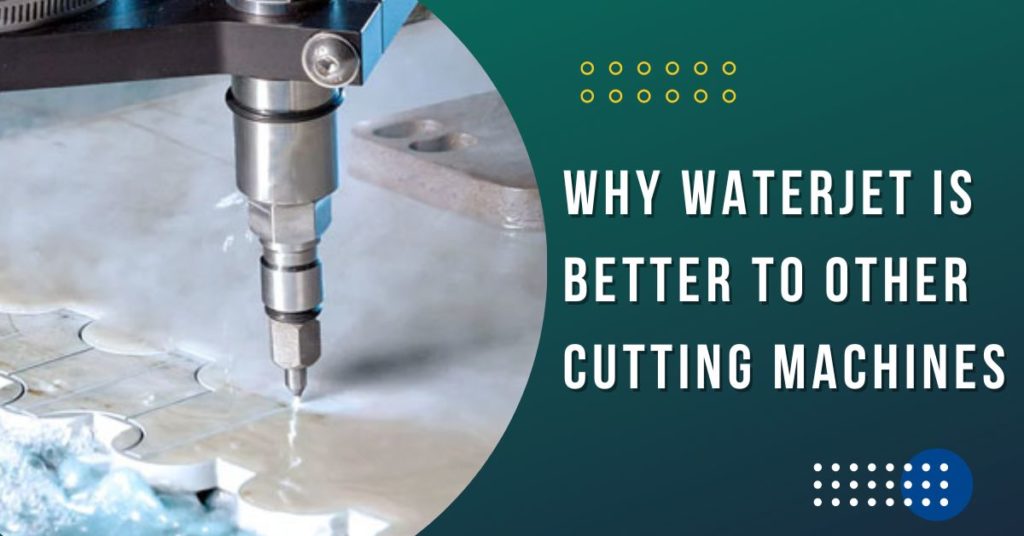
You may have heard a lot about waterjet cutters, but what exactly makes them better and more popular than other cutting machines? Below we’ve listed 5 reasons why waterjet technology reigns supreme:
Cuts a Variety of Materials
Waterjet cutting is used to cut just about anything – from soft materials such as foam to harder materials like titanium at any thickness. This process doesn’t change the physical and chemical properties of the materials as well.
Fast and Precise Cutting
The high-pressure water stream cuts the material precisely at a jet velocity of roughly 3,500 ft/s (760 m/s). The cutting can be accurate to +/- 0.001 inches, and it is consistent over time.
Environment-Friendly Process
The absence of dust, fumes, and heat-affected zones (HAZ) during the waterjet cutting process makes it an appealing solution for many industries.
The reduction in the probability of failure with each cut also reduces the probability of waste. Additionally, no special lubricating or cooling oils are required. All these factors make it an environment-friendly solution.
Conclusion
How to choose the right waterjet cutting machine is a big decision that you’ll want to make carefully. But as long as you keep the above factors in mind, you’ll be well on your way to finding the perfect model for your needs.
However, if you are still unsure about which water jet cutting machine to choose, don’t hesitate to reach out to us at SAME Waterjet. Our team of experts will be more than happy to help you choose the appropriate waterjet cutting machine from 100+ sizes & configurations.
Request a FREE quote today!


